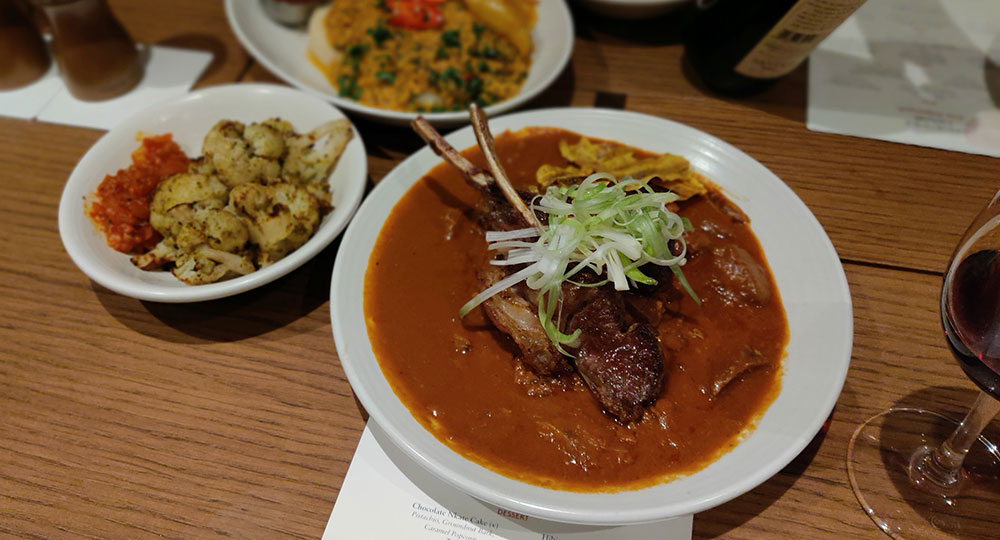There are but two things which will unite any person holding a Spanish passport: an utter hatred of politicians and a complete love of gazpacho. For those who might not know it, gazpacho is a cold, tomato-based soup, originating from Andalusia in Southern Spain. It’s rather impossible to explain unless you’ve had a cold bowl of it in the middle of the Iberian summer. Fresh, crisp, and filling but not heavy, it’s probably the most perfect dish for the scorching climate and it’s why you can find it throughout the […]


